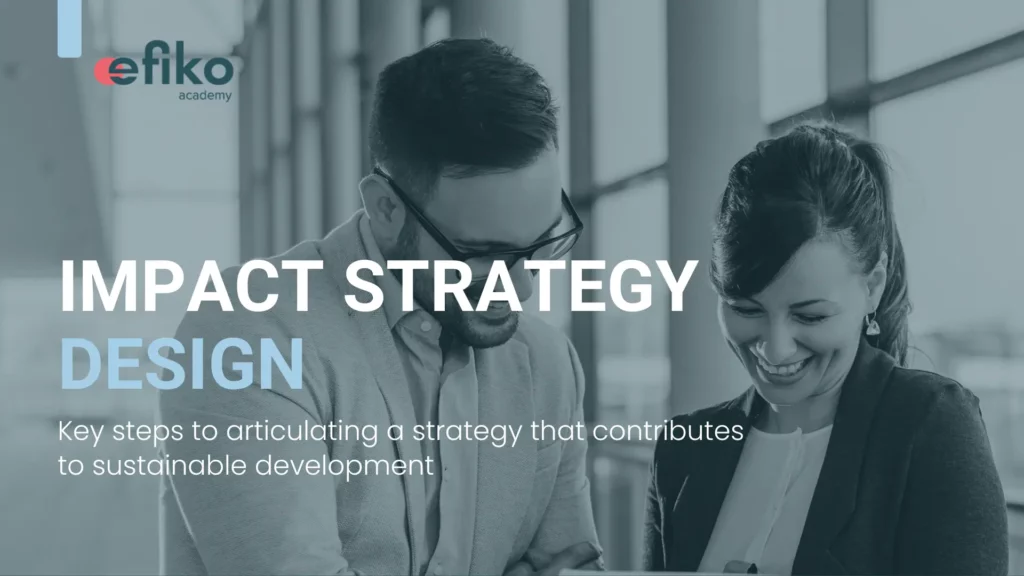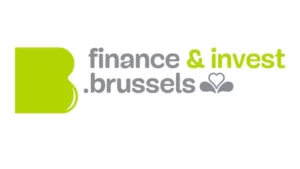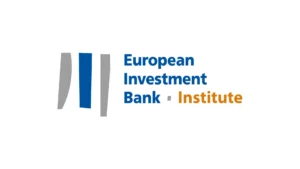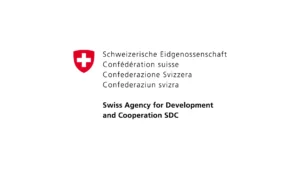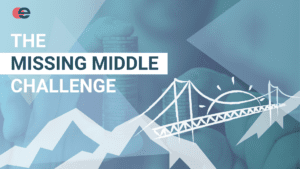Impact Strategy Design Handbook
The private sector faces a pressing need to transition its operations into sustainability. Small and Medium-Sized Companies have a huge role to play in the sustainability revolution as they contribute 58% of European GDP and 67% of all jobs. The catalyst for this transformative shift within enterprises lies in the articulation of a robust Impact Strategy—a backbone for organisations seeking to integrate positive social and environmental impact creation with financial success.
Enter the Impact Strategy Design Handbook — A practical resource crafted to empower you in navigating this essential journey. This handbook is a toolkit that introduces practical frameworks and actionable practices supporting the design of a sound impact strategy.
At its core, the handbook unfolds a three-phase process: Access, Approach, and Action. These phases also include supportive frameworks like the 5 Dimensions of Impact, Problem Tree Analysis, Systems Mapping and more.
From the iterative journey of divergence to convergence, the handbook prompts enterprises to periodically reflect and rethink their approach. It initiates a divergent exploration of organisational and market developments, fostering a holistic understanding of the landscape. Seamlessly transitioning to a convergent phase, organisations determine the best way forward based on insights gained during the exploration phase.
We warmly invite you to download this free handbook below. The practices introduced in this resource are covered in more detail in our Impact Strategy Mentoring track. So, if you seek training and mentoring in articulating the strategy of your company, make sure to check this page.
Enter the Impact Strategy Design Handbook — A practical resource crafted to empower you in navigating this essential journey. This handbook is a toolkit that introduces practical frameworks and actionable practices supporting the design of a sound impact strategy.
At its core, the handbook unfolds a three-phase process: Access, Approach, and Action. These phases also include supportive frameworks like the 5 Dimensions of Impact, Problem Tree Analysis, Systems Mapping and more.
From the iterative journey of divergence to convergence, the handbook prompts enterprises to periodically reflect and rethink their approach. It initiates a divergent exploration of organisational and market developments, fostering a holistic understanding of the landscape. Seamlessly transitioning to a convergent phase, organisations determine the best way forward based on insights gained during the exploration phase.
We warmly invite you to download this free handbook below. The practices introduced in this resource are covered in more detail in our Impact Strategy Mentoring track. So, if you seek training and mentoring in articulating the strategy of your company, make sure to check this page.
Frequently Asked Questions
What is an impact strategy?
An impact strategy is a focused plan outlining how an organisation aims to create positive and measurable effects, typically in social or environmental contexts, aligning actions with desired outcomes for meaningful change.
Why is it important to develop an impact strategy?
Crafting a strategy provides a roadmap for your organisation, offering clarity on the desired direction and a purposeful plan for attainment. Articulating your goals gives your organisation a distinct purpose.
What are the key steps of an impact strategy?
Crafting an impact strategy is a journey usually taken in five iterative steps: Assess your situation (inward and outward looking), Set your impact goals, Build on commitment, Develop a plan and Measure and evaluate results. These steps can be put into three categories: Assess, Approach and Action.

